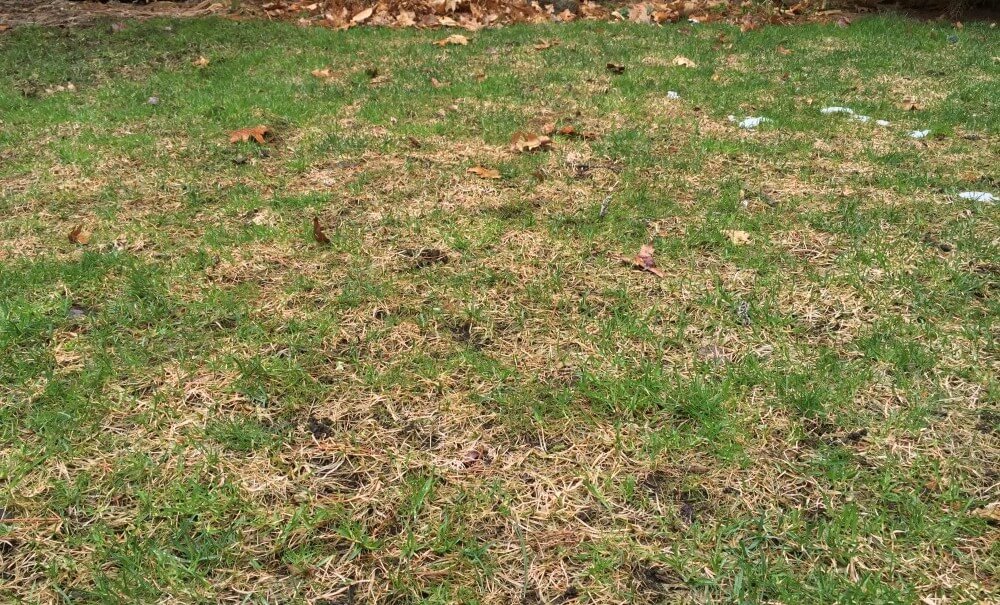With the recent cold, wet spring we have had in VT and NH, pink snow mold has become very noticeable in lawns. Pink snow mold appears as small, pink patches of lightly matted turf – especially in wet areas or susceptible grasses like rye or tall fescue. Upon closer inspection, the grass blades often take on a pink tint due to the disease manifesting itself on the lawn surface. This disease can cause thinning in the affected patches under the right conditions.
The real fix to snow mold in the spring is dry, warmer weather and the ability of the lawn to start growing itself out of the situation. Until the weather improves, a gentle light raking can help stimulate turf growth, if the grass is dry. Any aggressive raking when the lawn is wet, while well intentioned, will likely cause more harm than good.
Prevention ideally should begin in the fall with a late season potassium treatment, a short final mowing, and keeping late-season nitrogen levels to a minimum. Allowing the lawn to harden off in terms of mowing and fertility levels are a solid way to help reduce pink snow mold.
There are actually several other types of snow mold, some that actually can form without snow cover and this can be seen in years of light or no snow but have the wet and cold spring weather like this spring. The same prevention and remedies apply to all of these snow mold diseases that generally go away by the warmer, drier weather in May.

Pink Snow Mold
Tags:
grass
, winter damage
, lawn disease
, pink snow mold
, lawn diseases
, spring lawn care
, disease
, New Hampshire
, Turf Care
, Vermont
, winter lawn care

